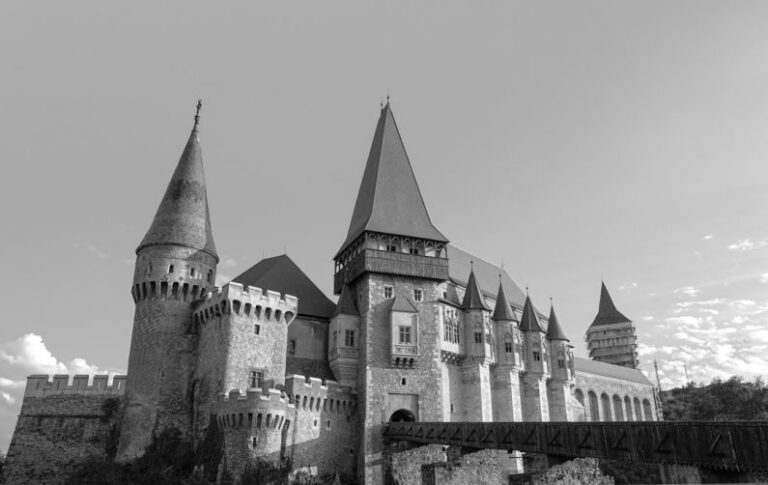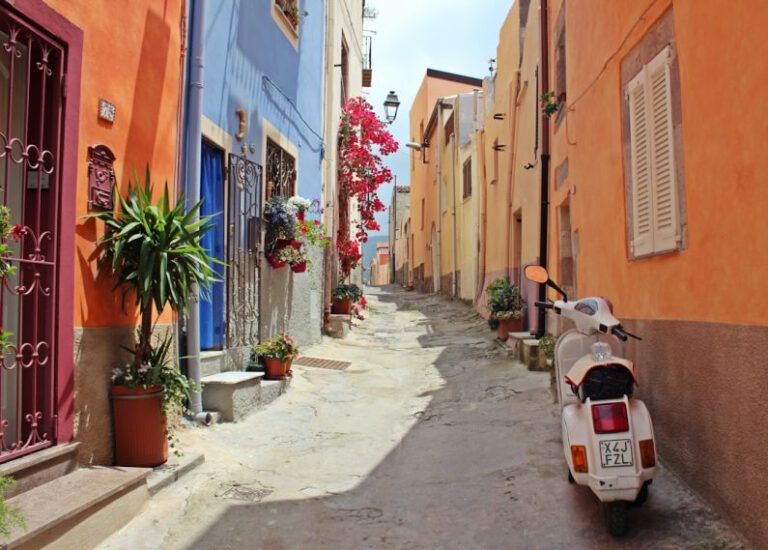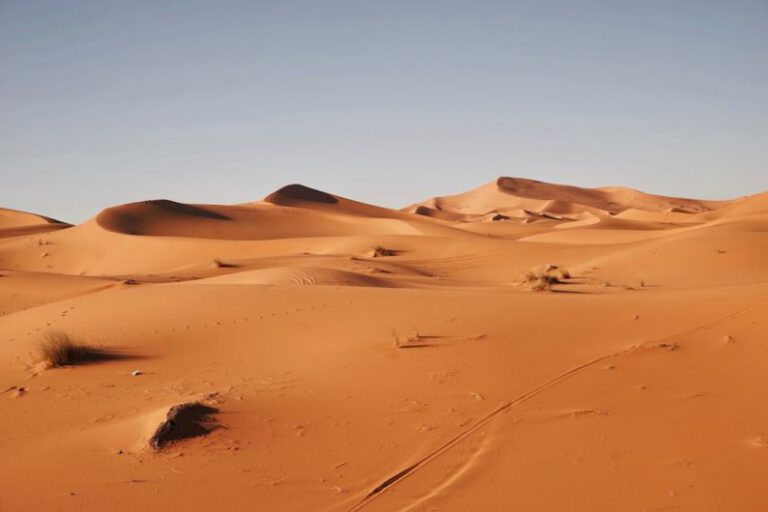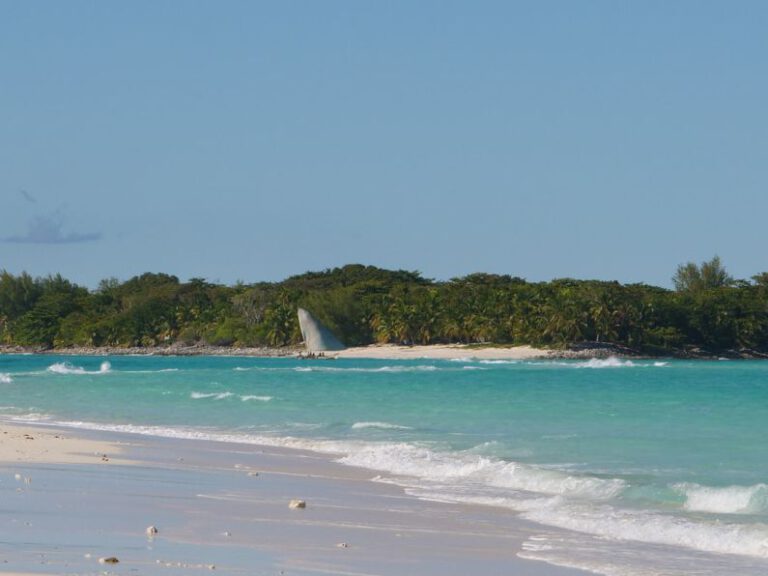The Mysterious Ruins of Peru: beyond Machu Picchu
Hidden deep in the dense jungles of Peru lie ancient ruins that have captivated the imagination of adventurers and historians alike. While Machu Picchu stands as one of the most famous archaeological sites in the world, Peru boasts a plethora of lesser-known ruins that offer a glimpse into the rich history and culture of the region. These mysterious sites, shrouded in myth and legend, hold secrets waiting to be uncovered by those willing to venture off the beaten path.
Lost City of the Incas: Choquequirao
Nestled high in the Andes Mountains, Choquequirao is often referred to as the “sister city” of Machu Picchu. This sprawling complex, perched on a remote mountain ridge, features terraces, plazas, and temples that rival its more famous counterpart in grandeur. With only a fraction of visitors compared to Machu Picchu, Choquequirao offers a sense of solitude and mystery that is hard to find in today’s tourist-saturated world.
The enigmatic nature of Choquequirao lies in its remote location and the ongoing archaeological excavations that have unearthed only a fraction of its treasures. Exploring this hidden gem requires a multi-day trek through rugged terrain, rewarding intrepid travelers with breathtaking views and a sense of stepping back in time. As you wander through the overgrown ruins, you can’t help but wonder about the lives of the people who once called this place home and the mysteries that still lie buried beneath the earth.
The Mystical Nazca Lines
Moving from the mountains to the desert plains of southern Peru, the Nazca Lines are a series of ancient geoglyphs etched into the barren landscape. These enigmatic figures, ranging from simple lines to elaborate designs of animals and geometric shapes, can only be fully appreciated from the air. The sheer size and precision of the Nazca Lines have puzzled researchers for decades, with theories ranging from astronomical calendars to extraterrestrial communication.
One of the most intriguing aspects of the Nazca Lines is the mystery surrounding their purpose and creation. How did the ancient Nazca people, who had no way of seeing their designs from above, manage to create such intricate and large-scale drawings? Theories abound, but the true meaning of these enigmatic glyphs remains elusive, adding to the allure of this mystical site.
The Fortress of Kuelap
Tucked away in the cloud forests of northern Peru, Kuelap is a massive stone fortress that predates Machu Picchu by several centuries. This ancient citadel, built by the Chachapoya civilization, features towering walls and intricate stone carvings that rival the craftsmanship of the better-known Inca ruins. Despite its impressive size and architectural prowess, Kuelap remains relatively unknown to the outside world, giving visitors a sense of discovery and wonder as they explore its labyrinthine passageways.
The significance of Kuelap lies in its unique architectural style and strategic location, perched atop a steep mountain ridge for defensive purposes. As you wander through the silent corridors and moss-covered walls of this ancient fortress, you can’t help but marvel at the ingenuity of its builders and the mysteries that surround its construction. The dense vegetation that surrounds Kuelap only adds to its mystical ambiance, transporting you to a bygone era where the echoes of the past still linger in the air.
Unraveling the Mysteries
While Machu Picchu may be the crown jewel of Peru’s archaeological sites, the lesser-known ruins scattered throughout the country offer a different perspective on the rich history and cultural diversity of this fascinating region. From the remote mountaintop citadels of Choquequirao and Kuelap to the enigmatic Nazca Lines etched into the desert sands, each site holds its own secrets and stories waiting to be uncovered. By venturing beyond the well-trodden paths and exploring these mysterious ruins, you can embark on a journey of discovery and wonder that will stay with you long after you have returned home.






